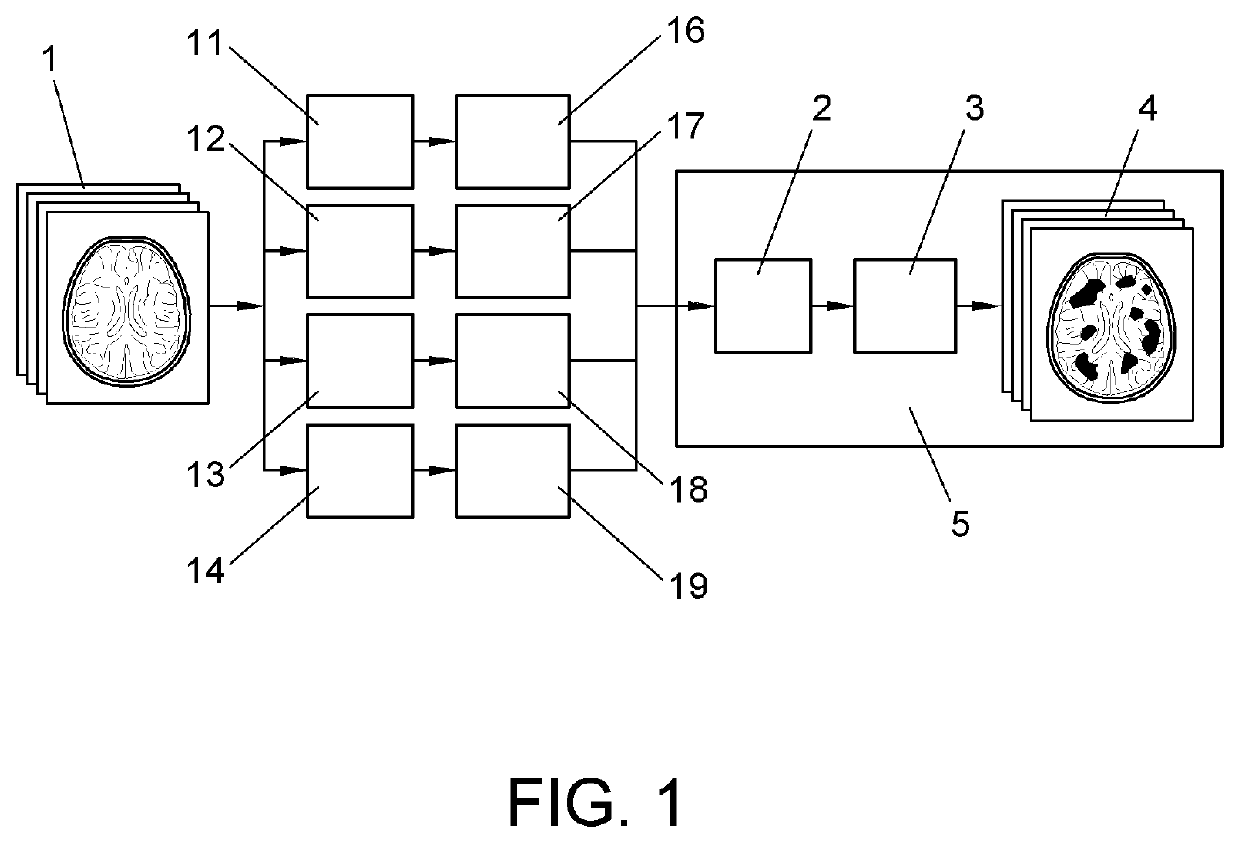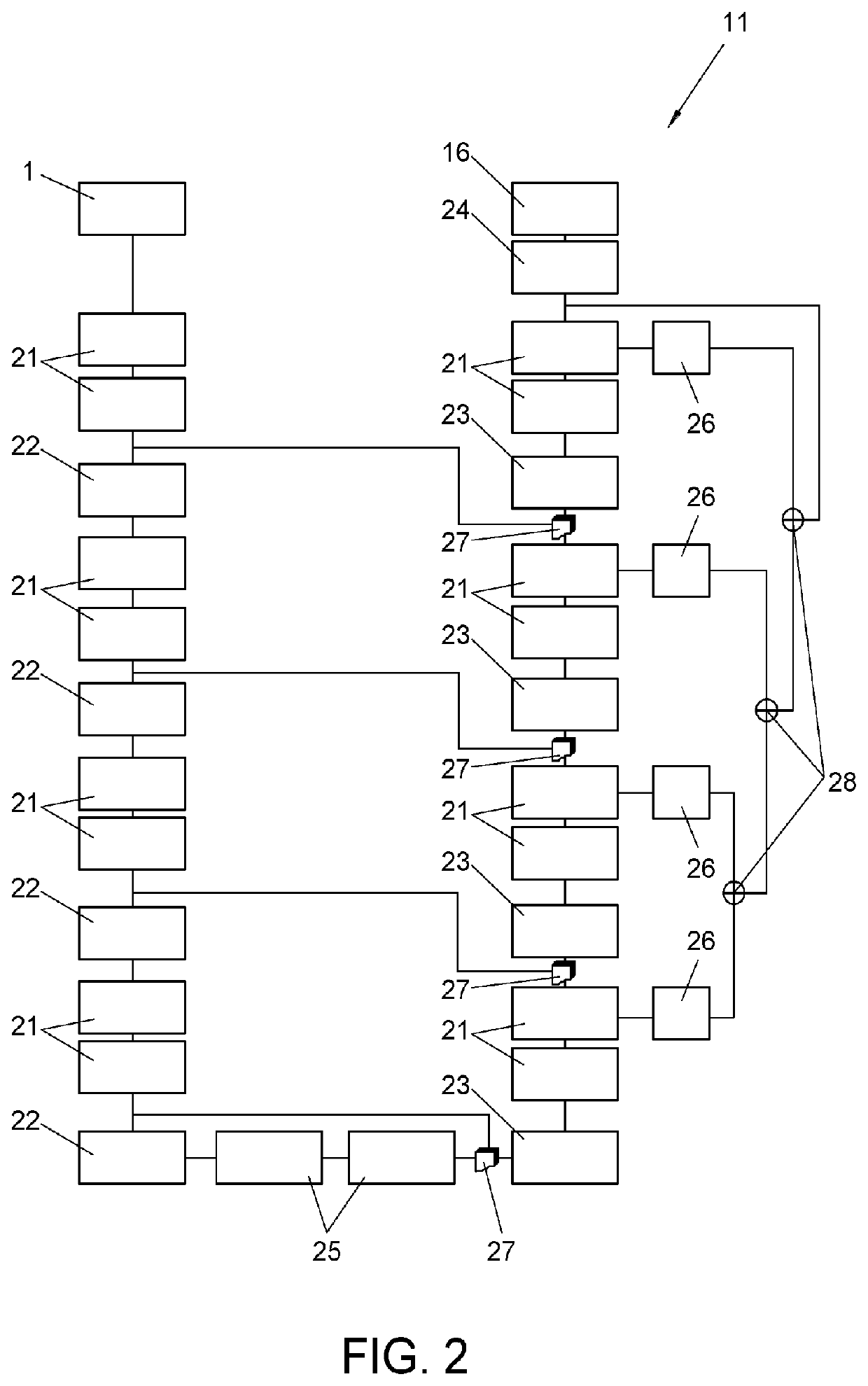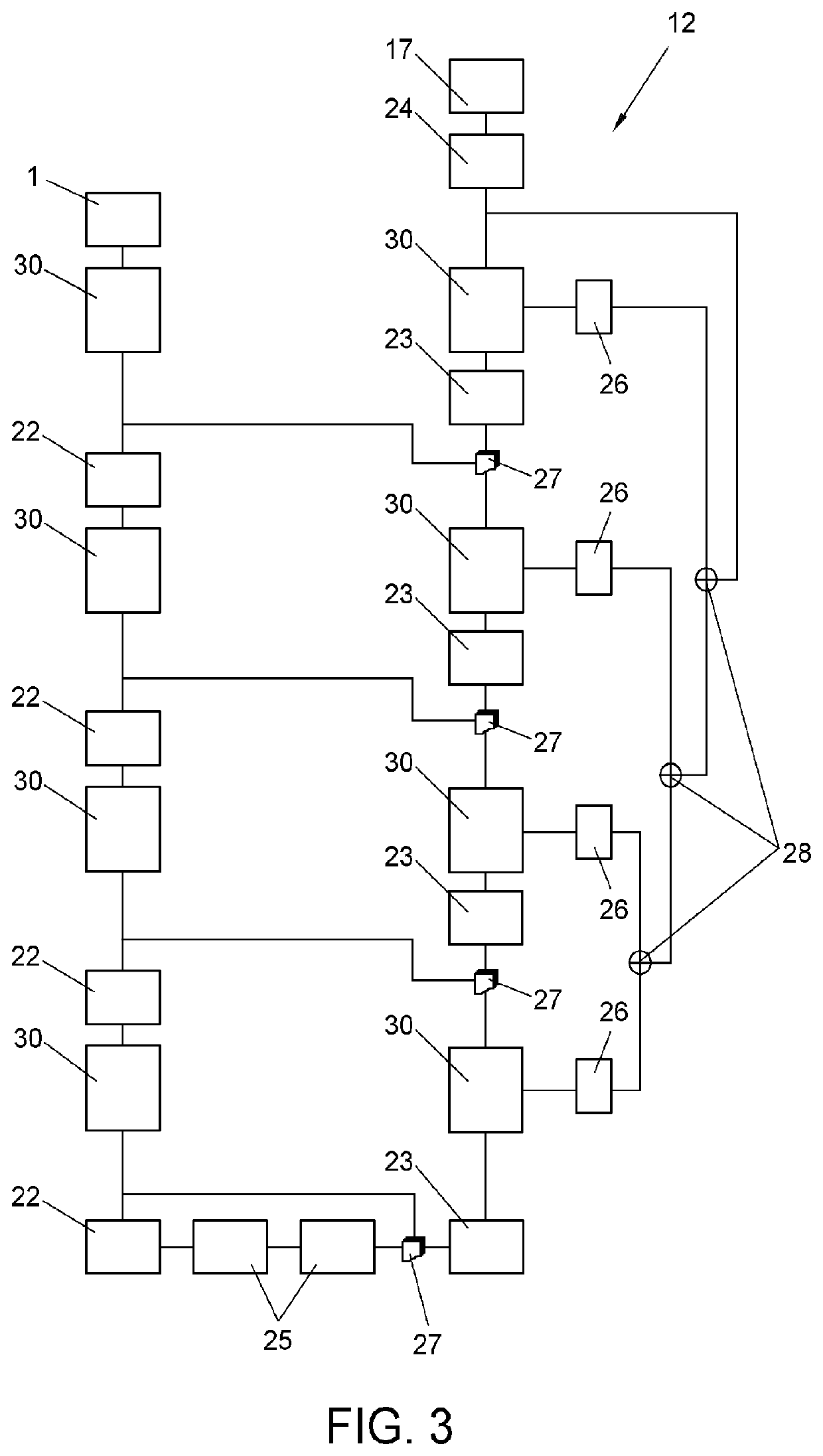Method and system for the automatic segmentation of white matter hyperintensities in magnetic resonance brain images
a magnetic resonance brain image and hyperintensity technology, applied in the field of neuroradiology, can solve the problems of insufficient robustness to offer the precision required in such a specific field of application, and the state of the art high-precision imaging solution for the automatic segmentation of magnetic resonance images, etc., to achieve greater robustness and better understanding.
- Summary
- Abstract
- Description
- Claims
- Application Information
AI Technical Summary
Benefits of technology
Problems solved by technology
Method used
Image
Examples
Embodiment Construction
[0008]In order to achieve the objectives and avoid the drawbacks mentioned above, the present invention describes, in a first aspect, a method for segmenting white matter hyperintensities present in magnetic resonance brain images comprising:[0009]providing an array of previously trained convolutional neural networks with a magnetic resonance brain image;[0010]identifying the voxels of the image containing white matter hyperintensities;[0011]determining, for each of the convolutional neural networks and for each voxel, the probability that the identified hyperintensity corresponds to a previously defined pathological hyperintensity;[0012]calculating the average of all the probabilities determined for each voxel;[0013]comparing the averaged probabilities for each voxel with a pre-established threshold; and[0014]generating an image mask with the voxels that exceed the threshold.
[0015]Additionally, one of the embodiments of the invention envisages pre-processing of the provided image c...
PUM
 Login to View More
Login to View More Abstract
Description
Claims
Application Information
 Login to View More
Login to View More - R&D
- Intellectual Property
- Life Sciences
- Materials
- Tech Scout
- Unparalleled Data Quality
- Higher Quality Content
- 60% Fewer Hallucinations
Browse by: Latest US Patents, China's latest patents, Technical Efficacy Thesaurus, Application Domain, Technology Topic, Popular Technical Reports.
© 2025 PatSnap. All rights reserved.Legal|Privacy policy|Modern Slavery Act Transparency Statement|Sitemap|About US| Contact US: help@patsnap.com



